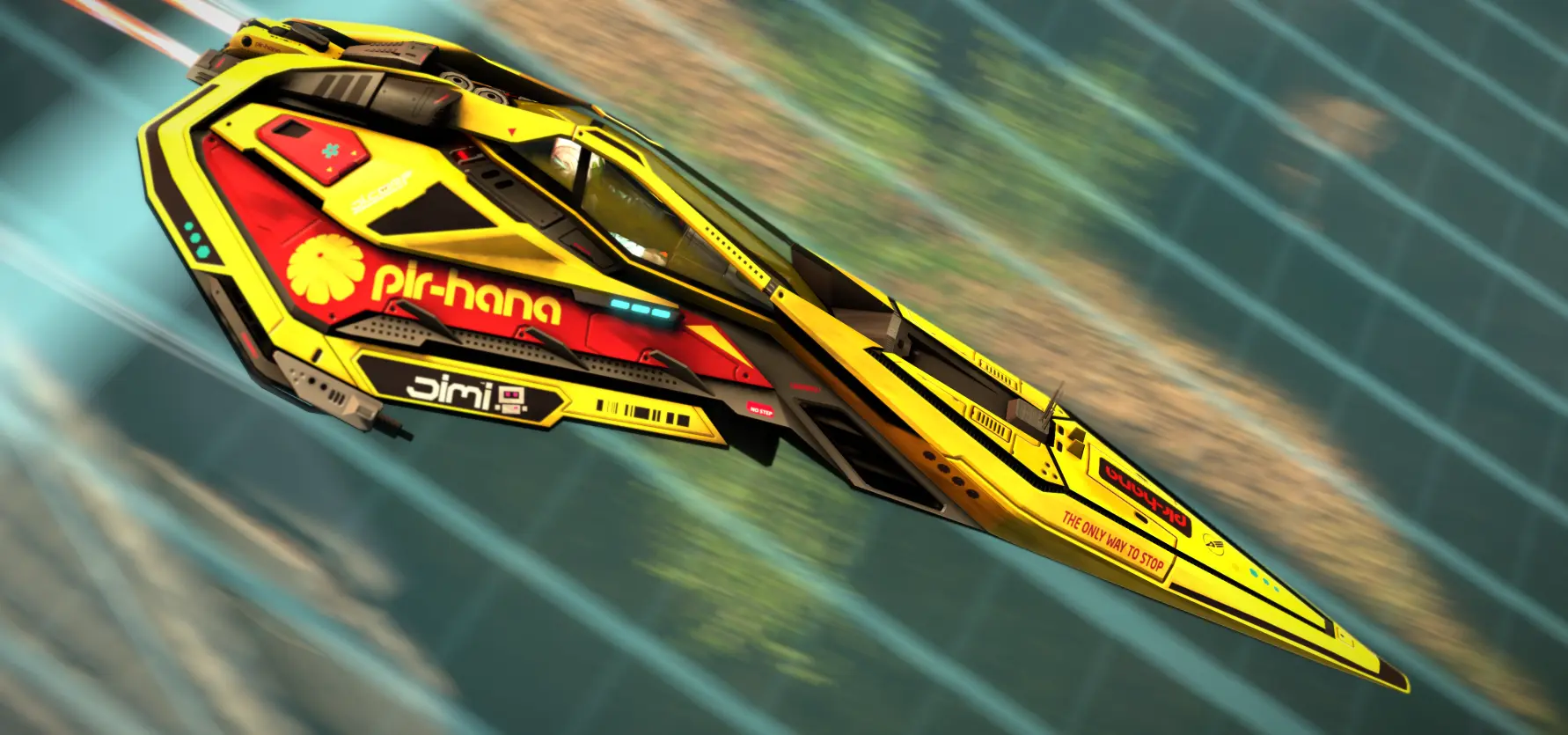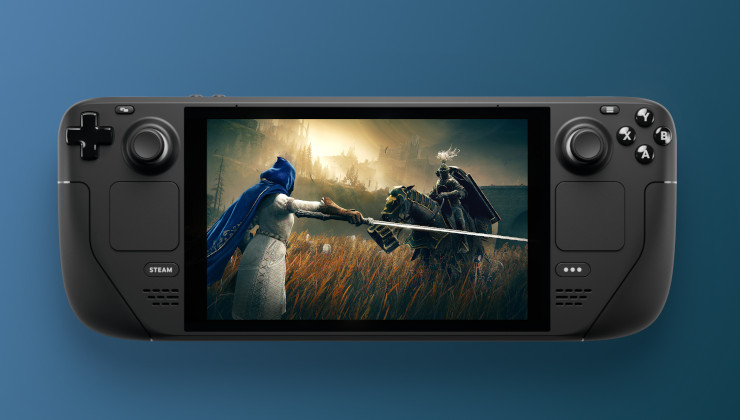

There were apparently several, now that I look into it. I didn’t know that.
They seem to try to mitigate other issues, like asset streaming and other general bad practices in the code of the game.
It seems there are many things wrong with how Elden Ring was coded.



That’s nice. But I think most people literally just hook up the big screen with an actual display cable.